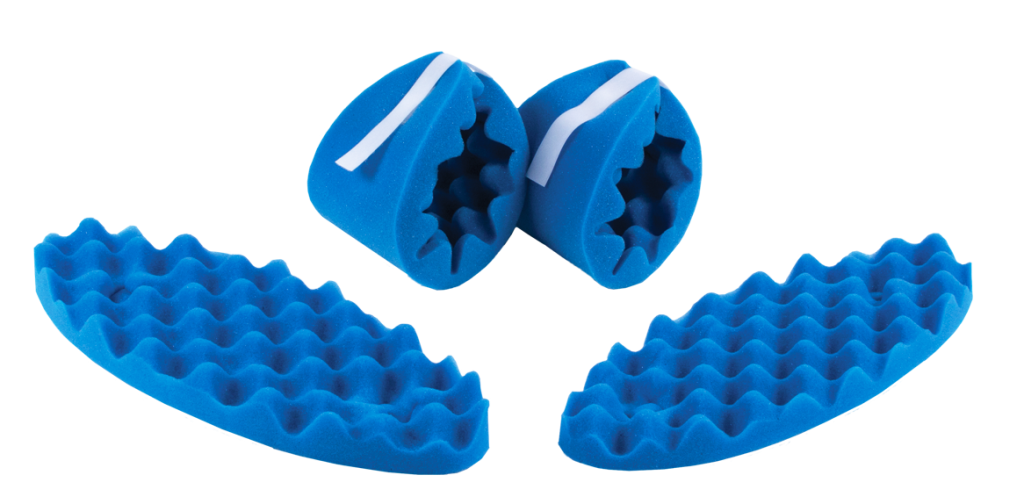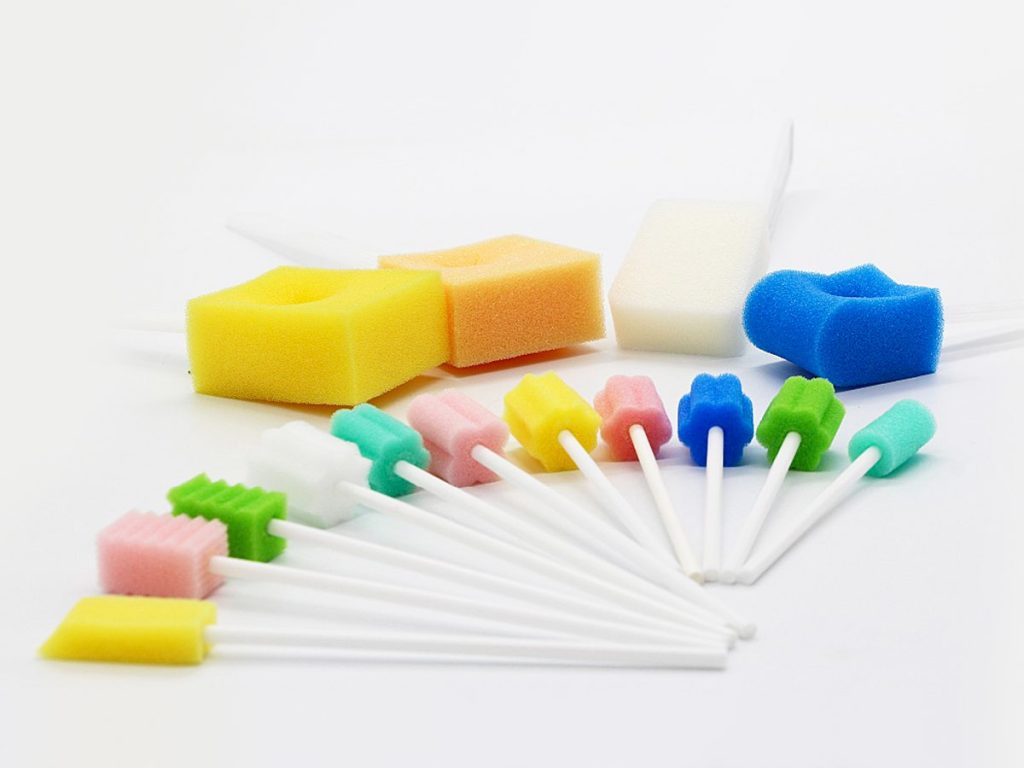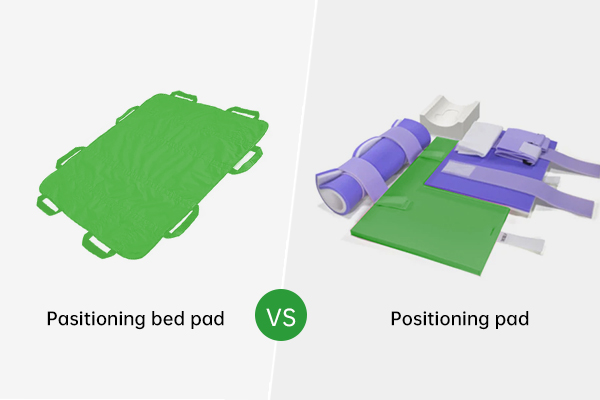How to Choose the Right Positioning Pad for Postoperative Care
In order to minimize problems, promote healing, and ensure a smooth recovery, postoperative care is crucial. A key aspect is patient positioning, which helps prevent pressure sores, improve circulation, and enhance comfort. A positioning pad is a vital tool in managing this process. This article will discuss how to choose the right positioning pad, its importance, types, and guidelines for optimal use. What is a Positioning Pad? A positioning pad is a medical device designed to provide cushioning and support to patients during recovery from surgery or other medical procedures. These pads help position the body in ways that reduce pressure on vulnerable areas (like the sacrum, hips, or heels) and prevent complications like pressure ulcers. They come in various forms, sizes, and materials, and are often used in hospital settings, rehabilitation centers, or at home to support patients during rest, movement, or physical therapy. The primary goal of a positioning pad is to provide comfort and support while ensuring that the patient is positioned in a way that optimizes circulation and minimizes stress on the body. This is particularly important in postoperative care, where patients may be immobilized for extended periods and vulnerable to issues like pressure sores, muscle strain, or respiratory complications due to improper positioning. Why is Positioning Important After Surgery? Postoperative patients face numerous challenges during recovery. Pain, medicine, and immobility can all increase discomfort and the likelihood of problems. One of the most significant issues patients face is the risk of pressure ulcers or bedsores, which develop when prolonged pressure on the skin reduces blood flow to certain areas of the body. These sores can cause significant pain, delay recovery, and even lead to serious infections. Proper positioning after surgery can also help: Maintain proper blood circulation: Good positioning can help prevent blood from pooling in one part of the body, which is particularly important for patients who are less mobile after surgery. Encourage lung function: Proper patient positioning can facilitate deep breathing and lower the risk of respiratory issues like pneumonia. Improve comfort: A well-positioned patient is less likely to experience pain or discomfort, which can help reduce the need for pain medication and improve recovery times. Prevent joint stiffness and contractures: Proper alignment of joints and limbs helps prevent the formation of contractures, a condition where the muscles or tendons shorten, leading to joint immobility. Thus, positioning is a key element of postoperative care, and choosing the right positioning pad plays an important role in achieving these goals. Considerations for Selecting the Ideal Positioning Pad Choosing the appropriate positioning pad is critical to achieving optimal recovery outcomes. To guarantee that the pad is both efficient and pleasant for the patient, a number of considerations should be made. Below are the main considerations: Patient Condition Type of Surgery: The type of surgery the patient has undergone will influence the best positioning method. For example, a patient who has had orthopedic surgery may require a different type of support compared to someone recovering from abdominal surgery. Post-surgical care for different body parts (e.g., hips, spine, or legs) often requires specialized positioning support. Mobility and Sensory Function: If the patient is conscious and able to adjust their own position, a more basic positioning pad may suffice. However, for patients who are immobile or unconscious, additional support may be needed to prevent pressure sores and to ensure proper body alignment. Skin Integrity: Patients with fragile or damaged skin (e.g., those with diabetes or those who are elderly) are at a higher risk for developing pressure sores. A high-quality, cushioned positioning pad with antimicrobial properties might be necessary for these individuals. Material and Durability The material of the positioning pad is a critical consideration for both comfort and functionality. Many pads are made from foam, gel, or air-filled cells. Here’s a breakdown of common materials: Memory Foam: Provides improved support by conforming to the body’s contours. Memory foam is great for reducing pressure points, but it may not provide enough ventilation, which could cause the patient to overheat. Gel Pads: Provide a cool, soft, and supportive surface. These are ideal for patients who may suffer from heat intolerance or require extra cushioning. Gel pads can also be easier to clean and maintain. Air Cushions: These are adjustable and can provide customized support by controlling air pressure. Air pads are excellent for patients at high risk of developing pressure ulcers, as they evenly distribute weight and allow for better airflow. Hybrid Pads: These are a combination of materials like foam and gel or foam and air, offering the best of both worlds. A hybrid pad may provide a balance of support, comfort, and air circulation. Size and Shape The positioning pad should be selected based on the patient’s size, body shape, and specific needs. Pads come in a variety of sizes to accommodate different body types, and some are designed to support particular parts of the body, such as the head, arms, back, or legs. Adjustability: Positioning pads that offer adjustable components (such as straps or modular sections) allow for precise positioning that suits the needs of the patient as their condition changes. iPad Configuration: Some pads are flat, while others come with contours or special shapes to fit specific body parts. Knee or heel wedges, for instance, are made to alleviate pressure in certain places. Pressure Redistribution Pressure redistribution is a key feature to look for in any positioning pad. The pad should help spread the weight of the patient evenly across its surface, reducing the risk of localized pressure points. The pad’s design (whether it’s foam, gel, or air) should have properties that allow it to support the body without causing excessive pressure in any one area. For patients at higher risk of pressure ulcers, an alternating pressure pad or low-air-loss system may be beneficial. These systems consist of cells or chambers that inflate and deflate in a pattern to shift pressure points and promote better circulation. Ease of Use and Maintenance The pad should be



